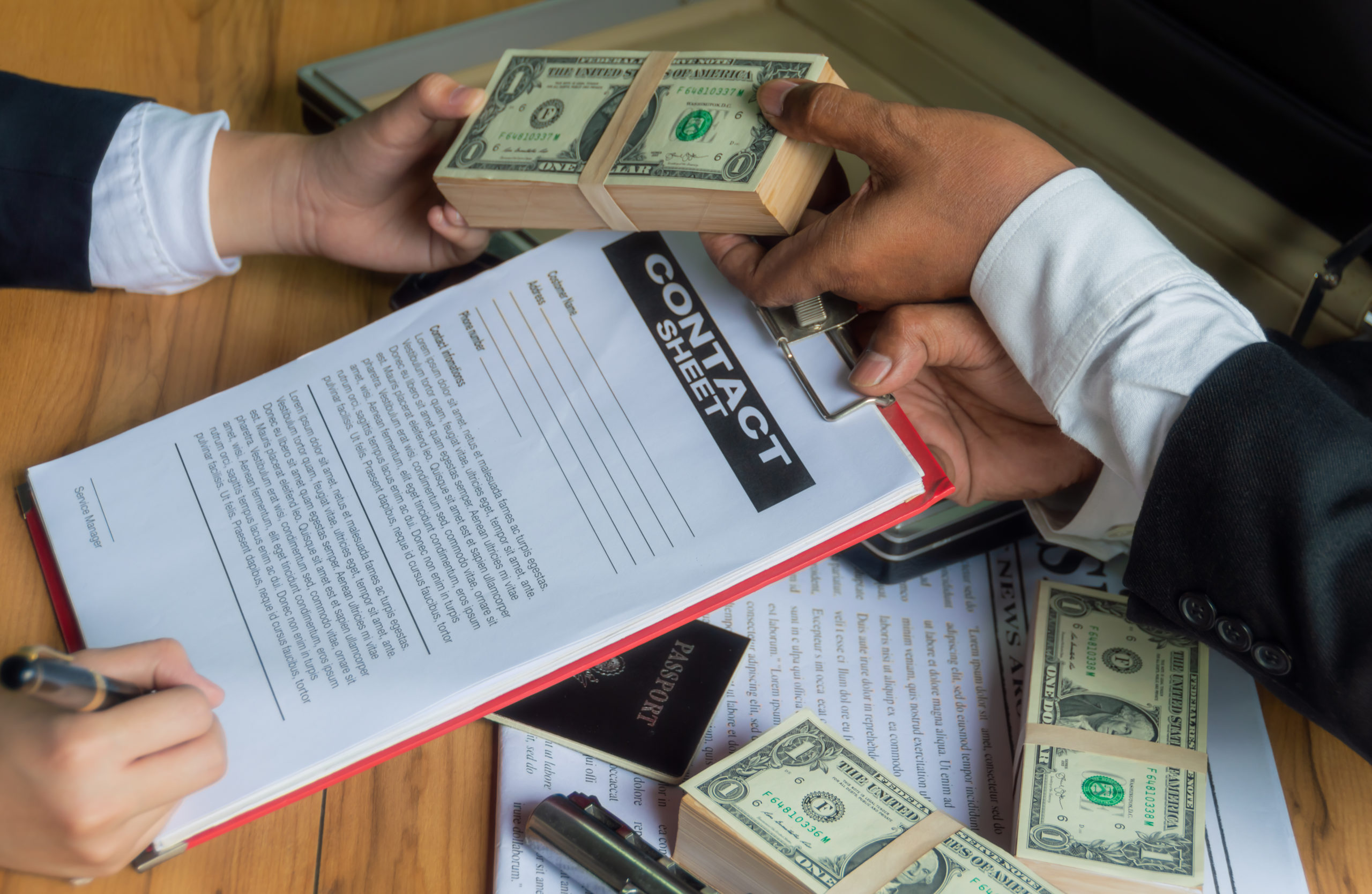Part 141 flight schools—often referred to as “training mills” or “pilot factories”—promise a fast, structured pathway from zero time to an airline-ready pilot in record time. For many aspiring aviators, these schools look like a dream come true: a streamlined syllabus, professional instructors, brand-new aircraft, and the promise of an airline job within two to three years.
But behind the glossy brochures and YouTube ads, there are important warnings every student should consider. While many pilots do successfully launch their careers from these schools, others face setbacks, burnout, or debt that can take years to recover from.
If you’re considering going “all in” at a Part 141 training mill, here’s what you need to know before you sign the dotted line.
1. The “One-Size-Fits-All” Training Pace

One of the biggest selling points of a Part 141 school is speed. The FAA-approved syllabus is designed for efficiency—pushing students through their Private, Instrument, Commercial, Multi-Engine, and CFI ratings on a tight schedule.
That works for some students. But what if you need more time to master certain skills?
The Risk: These programs are often inflexible. If you fall behind (weather delays, medical issues, financial hiccups, or simply needing extra practice), you may get pushed into remedial training that’s not covered in your package price. Some students are even asked to leave the program if they can’t keep up.
Pro Tip: Ask the school about their policy if you need extra lessons, and what the costs are for remedial flights. Slow and steady often produces safer, more confident pilots.
2. Instructor Turnover and “Time Building” Culture

At many Part 141 schools, instructors are fresh graduates working toward their 1,500 hours so they can move on to the airlines. This “time building” culture means your CFI may leave halfway through your training.
The Risk: High instructor turnover can result in inconsistent teaching, gaps in your training record, and having to “re-learn” your progress with a new instructor. Every new instructor has their own style—and that can cause confusion and lost time.
Pro Tip: Ask how often students are reassigned instructors, and whether you can request to keep the same one throughout a phase of training.
3. Aggressive Marketing vs. Reality

Part 141 “mills” are masters of marketing. They showcase shiny fleets, modern simulators, and smiling graduates in pilot uniforms. But behind the scenes, the reality may be different: aircraft in maintenance more often than you expect, backlogged scheduling, and simulators booked solid.
The Risk: You may find yourself grounded more often than advertised, waiting for aircraft or simulator time while your training momentum stalls. Remember—time is money in flight training, and delays can inflate costs.
Pro Tip: Visit the school unannounced if possible. See how busy the ramp really is and how often planes are flying versus parked.
4. Financial Pressure and Upselling

Many training mills bundle their programs with large upfront tuition costs—often $70,000 to $100,000+ for the full path to CFI. It’s usually financed with private loans. The sales pitch is that you’ll make it back quickly as an airline pilot.
The Risk: If you drop out, get delayed, or fail a checkride, you could be left with tens of thousands in debt and no career to show for it. Some schools also upsell extras like advanced type ratings or “bridge” programs to specific airlines—sometimes before you even finish your Commercial license.
Pro Tip: Avoid paying everything upfront if possible. Pay in stages or per rating, so you’re not locked into a huge debt if plans change.
5. Burnout Is Real
The accelerated pace of a Part 141 school can mean multiple flights a day, combined with ground school and simulator sessions in the evenings. It’s not unusual to fly six days a week with little downtime.
The Risk: Fatigue impacts learning, safety, and morale. Students under extreme pressure can become frustrated, make mistakes in training, or even lose their love for flying entirely.
Pro Tip: Schedule rest days. Even if the school doesn’t require them, build them into your routine to stay fresh and safe.
6. Weather and Location Challenges

Many training mills are located in sunny states like Florida, Arizona, or Texas—chosen for their ideal year-round weather. But even in those locations, storms, wind, or extreme heat can cancel flights.
The Risk: If your training is booked tightly, weather delays can disrupt the schedule and cause you to fall behind, which can result in extra costs or compressed catch-up sessions that skip valuable practice.
Pro Tip: Ask how the school handles weather delays, and whether they build extra time into the program for these disruptions.
7. Limited Real-World Experience
Accelerated Part 141 programs focus heavily on training in specific areas around the school’s base airport. Many students graduate having flown in mostly perfect weather and familiar airspace.
The Risk: When you step into a real airline or corporate cockpit, the variety of conditions, terrain, and busy airspace could be overwhelming. Some graduates admit they feel less prepared for real-world decision-making outside the controlled training bubble.
Pro Tip: Seek out additional cross-country flights, challenging weather training, and flights to unfamiliar airports—even if it’s on your own dime.
8. The “Guaranteed Job” Illusion

Many Part 141 mills advertise “guaranteed CFI jobs” or “airline pathway programs.” While these can be valuable, they often come with fine print. The CFI job may only be available if the school has an opening when you graduate, or the airline “pathway” may require you to meet certain performance and checkride pass rates.
The Risk: You may finish your training only to find the job pipeline is full—or that the airline you were promised isn’t hiring.
Pro Tip: Ask for the exact terms of any job guarantee, and get it in writing.
How to Protect Yourself at a Part 141 School
If you still like the structure and speed of a Part 141 program, here’s how to safeguard your investment and your career:
- Do Your Homework
Visit multiple schools. Compare tuition, aircraft availability, instructor quality, and graduate hiring rates. - Talk to Current Students
Ask about delays, hidden costs, and instructor turnover. Students will tell you what the marketing materials won’t. - Read the Contract
Look for clauses about refunds, remedial training fees, and program withdrawal policies. - Have a Backup Plan
If you get behind, know whether you can transfer credits to a Part 61 school or another program. - Focus on Quality, Not Speed
Remember—airlines care about skill, safety, and professionalism. Getting done “fast” is meaningless if you’re not truly ready.
The Bottom Line
Part 141 training mills can be a fantastic way to become an airline pilot quickly—if you’re disciplined, adaptable, and prepared for the pace. But they can also be a trap for students who aren’t ready for the demands, financial risks, and reality behind the marketing.
Before you commit to a school that promises to launch you into the cockpit in record time, ask the hard questions, verify the answers, and protect yourself from the pitfalls.
Because in aviation—as in life—it’s not just about how fast you get there. It’s about how safely and successfully you arrive.



